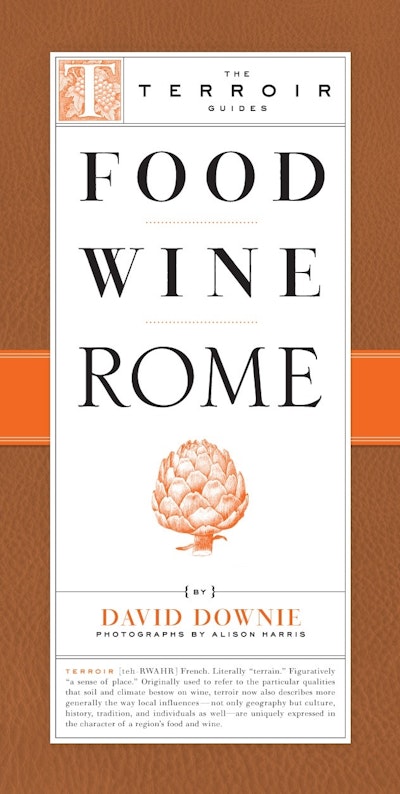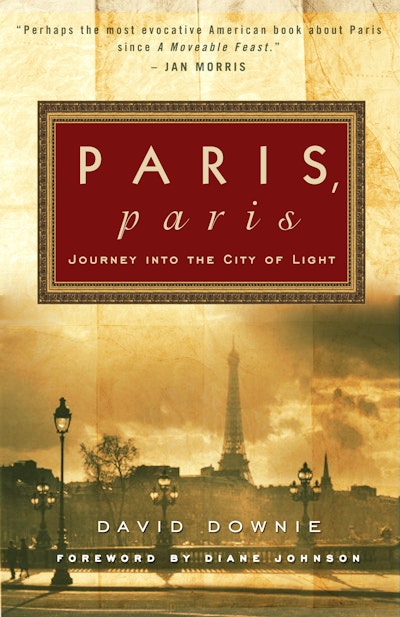Food Wine Rome is a tightly focused guidebook and traveler’s companion to the culinary delights of Rome. For each neighborhood, listings are in three categories: 1) dining: restaurants, trattorie, osterie; 2) gourmet shopping: bakeries, markets, salami makers, cheesemongers, and more; 3) wine: shops and wine bars. A dozen or more sidebars add entertaining and informative bits of city lore, culture, customs, quotes, and anecdotes to bring alive the city’s historic culinary richness: the Roman love affair with artichokes; the watermelon festival held for years on August 24, when giant, ripe watermelons would be released into the river upstream and Roman kids would dive into the river to grab them; Lucullus’ Kitchen Garden; the Cacio e Pepe Family of Pastas; the cult of the strawberries of Nemi (one of whose devotees was Caligula); Papal cuisine; the Renaissance of Rome’s wines; Holy Water and the Aqueducts; Spring Fever (lamb, favas, artichokes, zucchini flowers); and dozens more.
A glossary of essential Roman/Italian food terms helps make shopping, marketing, and eating fun and rewarding. It is illustrated with scores of atmospheric photographs and an overall map of central Rome, plus detailed maps for each of Rome’s nine central neighborhoods, so that readers can find addresses immediately.




